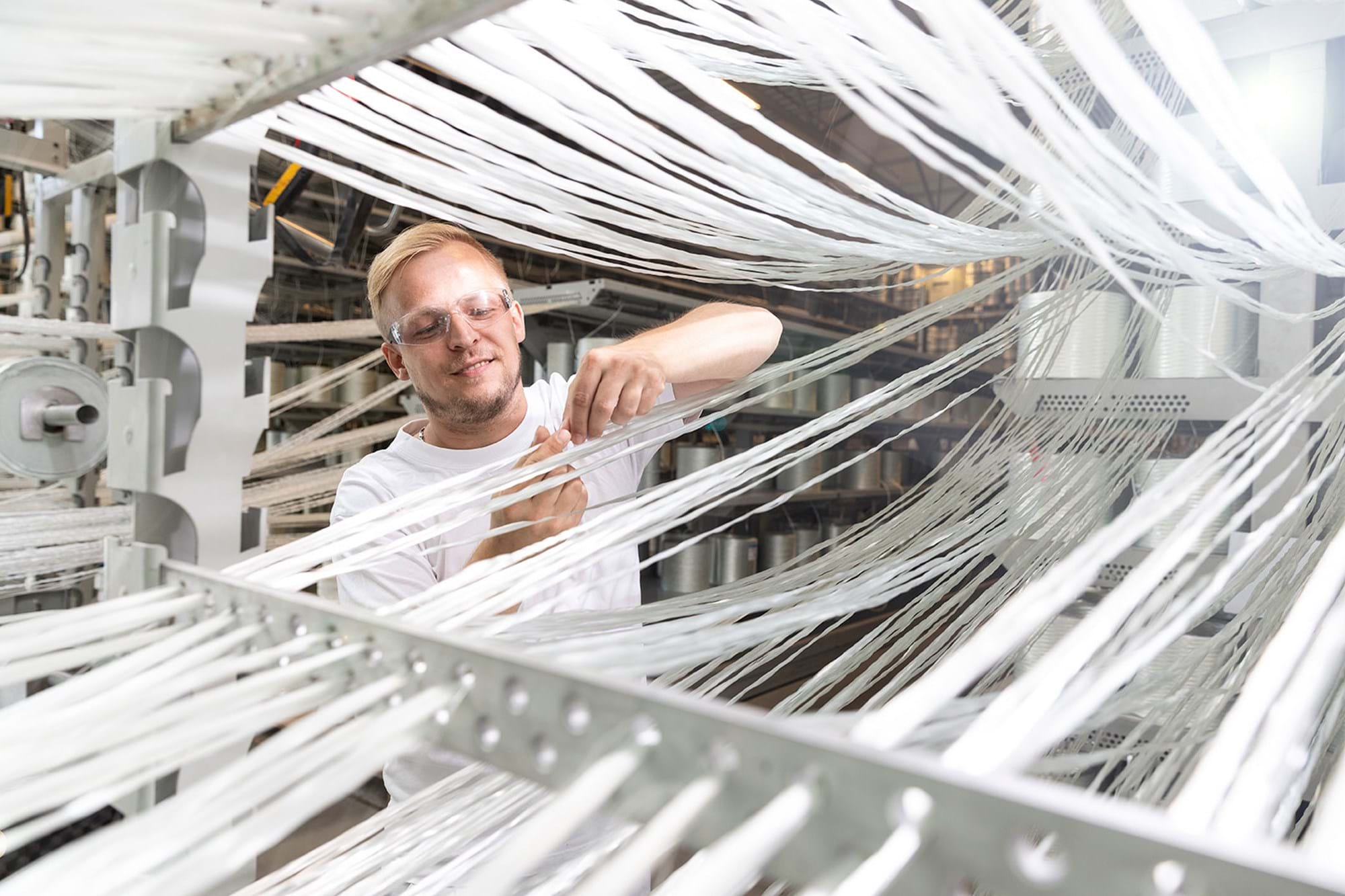

With more than 40 years’ experience, we specialise in fibreglass profiles and offer cost and energy-efficient alternatives for building and industry.
You are guaranteed high quality every time you buy our products! Quality is and has always been at the core of our business. High quality offers a sense of security to our customers and minimises unforeseen costs.
You can find the world’s largest online webshop for CE-marked fibreglass profiles right here with us. It should be easy for you to buy and use fibreglass profiles across all of Europe. That is why our products also have a number of important certifications and adhere to standards that make it easy for them to be used without expensive and time-consuming one-time approvals.
Having our own factory in Stettin, Poland, allows us to offer optimum service to our customers in the EU. It means shorter transport distances for our profiles and reduces carbon emissions relating to transport as we are close to our customers and can offer both fast and flexible deliveries.
For us, sustainability means decency, responsibility and common sense. That is why we do our utmost to use our resources efficiently and to protect the environment.
For us, sustainability is about responsibility, common sense and doing the right thing. That is why we do our utmost to use our resources efficiently and to protect the environment.
Fibreglass is a plastic based composite consisting of dry glass fibres and polyester. Normally referred to as fibreglass or GRP. Fibreglass is a cost-effective alternative to traditional building materials since it combines several advantages, e.g. strength as steel, low weight, corrosion-resistant and has a good sustainability profile. Learn more in our quick guide.
For more than 40 years, we have been inspiring customers to create intelligent, sustainable solutions with fibreglass. Check out how others have used our profiles, planks and gratings to create strong, durable constructions.
Our customers value having no operating losses and unforeseen costs. That is why we do our utmost to take the lead when it comes to quality. Our long list of recognised certifications speaks for itself!
We have seen just about everything there is to see within construction with fibreglass. So, we are quite sure that we can help you with your next project or to explore the optimisation opportunities for existing constructions.
Explore new career opportunities with Fiberline Building Profiles; see our vacant positions, send a unsolicited application or read about how we handle personal data.
Pultruded fibreglass profiles are produced using an energy-optimised process that takes the environment into consideration. Evaporation is here reduced due to the use of a closed machine complex and the process of hardening of the plastic material produces heat itself, which contributes to low energy consumption. Besides the above, the profiles require limited maintenance resources since the material is very durable and has a long life span. After use fibreglass can be recycled in, for example, cement production or as a subassembly in new constructions. Watch the video to learn more.
Fibreglass has an excellent weight-to-strength ratio, which makes it possible to create slim and lightweight designs. Compared with traditional materials such as concrete, wood, steel, and aluminium, using fibreglass often results in weight savings – to the benefit of transport and CO2 emissions.
Our profiles are produced using an energy-
optimised process known as ‘pultrusion’.
This production method effectively limits the evaporation of volatile compounds by using
a closed process. Watch the video to learn more.